Exploring the Silk Road in the Grassland and Re-traveling the Tea Ceremony
The 2019 China-Mongolia-Russia cross-border trip is about to start! This cross-border journey starts from Erenhot, China, and passes through Mongolia Zamyn Uud, Saiyin Shanda, Undur Khan, Ulaanbaatar, Alatengbaolige, Russia Kyakta, Uzbekistan Lan-Ude, arrived at the terminal Lake Baikal.
Today, I will introduce you to the gourmet attractions, which is our terminal – Lake Baikal.
Baikal
Lake Baikal has a history of 25 million years since its formation. It is the oldest lake in the world, and it is also a relatively deep and clear lake. It is known as the “Blue Eye of Siberia”. Enjoy flowers in spring, escape the heat in summer, view red leaves in autumn, and explore ice and snow in winter. You can visit Lake Baikal anytime of the year and enjoy the lake and mountains here. In 1996 it was included in the World Natural Heritage Site.

The beauty of Lake Baikal makes people linger, and the food of Lake Baikal is even more memorable. The biggest features are: cold cuts, sour soup, bread, wine, most of which are strong, and generally have a large amount.

Foodies, are you ready?
Follow in the footsteps of the editor and enter today’s food journey!

White salmon is a kind of fish unique to Lake Baikal, and it is also one of the main foods of people living in Lake Baikal. This fish is very delicious and is recognized as a delicacy by Russians. The most common cooking method is smoked whitefish. Fishermen salvage fresh whitefish, remove the internal organs and scales, and then slowly smoke them with fir wood, which is very delicious.

In Lake Baikal you can eat the most authentic local smoked whitefish. But the locals prefer pickled fish. There is also a salad called stroganina in Siberia. The main ingredient of this dish is frozen raw fish cut into small pieces, served with pepper, salt and onion, which tastes very refreshing.


Russian kebabs are derived from charcoal grilled meat in Turkey. The materials are mostly pork and beef, as well as mutton and chicken. You can string garlic and onions on skewers and grill them together. The spicy garlic and onions will penetrate into the meat, making the meat more delicious. Refreshing, tender and juicy, paired with a special Russian sauce, take a bite, the lips and teeth will be fragrant, and the gravy will overflow.

The portion of Russian kebabs is very large. Usually a skewer is about a catty of meat. Just watching the roasting process will give you an appetite. For foodies, this should be the happiest moment in life.


borscht
Borsch is a thick vegetable soup that originated in Ukraine. Borscht mostly uses beets as the main ingredient, often adding potatoes, carrots, spinach, beef cubes, cream, etc. to cook, so it is purple in color. The most important thing about borscht is to master the sweet and sour taste of the soup, neither too sour nor too sweet.

The earliest borscht used beetroot as the main ingredient, but now beetroot is used to add color, and its soup color is more intense. The authentic borscht does not need to be thickened with starch. There are potatoes in the soup. It forms a natural gorgon, making the soup look thicker. Before the borsch soup is served, a few drops of fresh cream will be dripped on the surface, and the fragrance will overflow immediately.
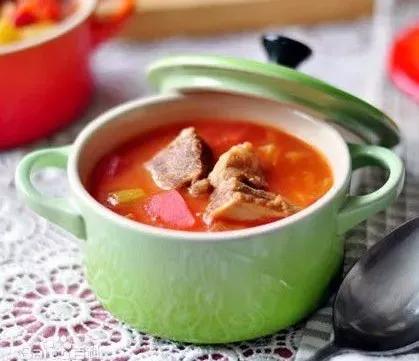
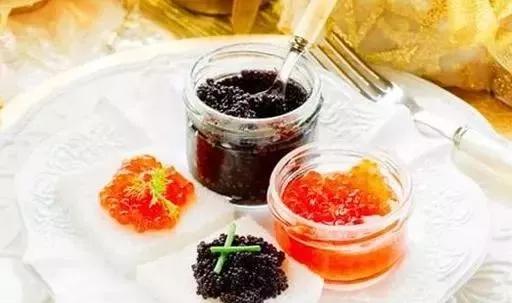
Russian caviar
In Russia, caviar is considered a more noble delicacy than abalone. It is mainly made from the roe of sturgeon and salmon. Among them, caviar made from sturgeon is the most noble. This caviar The general way to eat it is to eat it directly, or with some soda crackers, but not with heavy seasonings or with a metal spoon, which will change the original aroma of caviar.
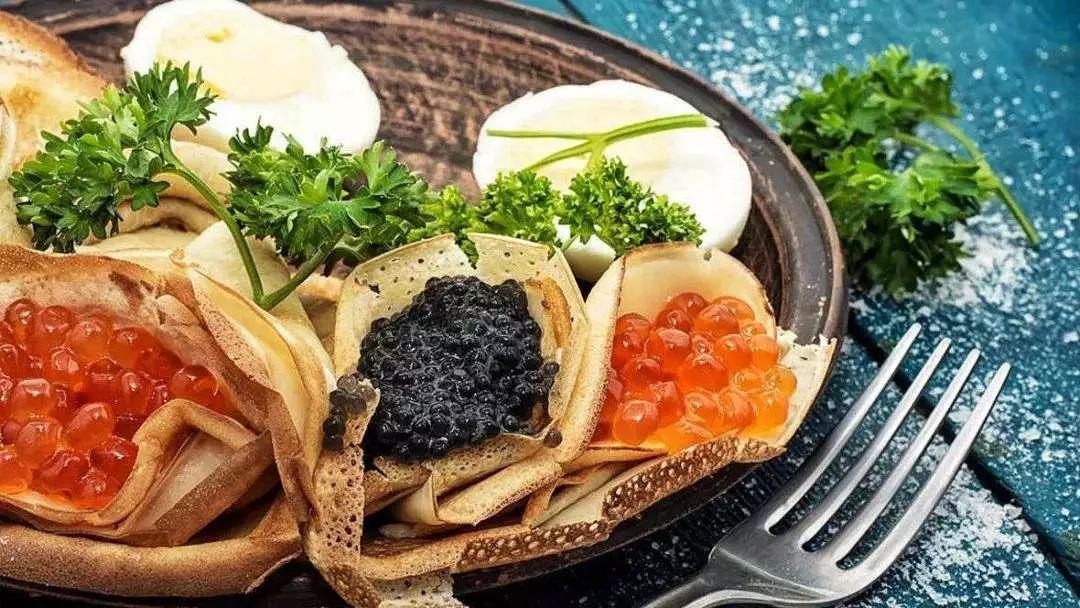
There is a delicious savory taste when it breaks in the mouth, just like the taste of the ocean. The fatty acids contained in caviar can effectively moisturize and nourish the skin, and make the skin delicate and smooth. The best caviar in the world comes from Russia.
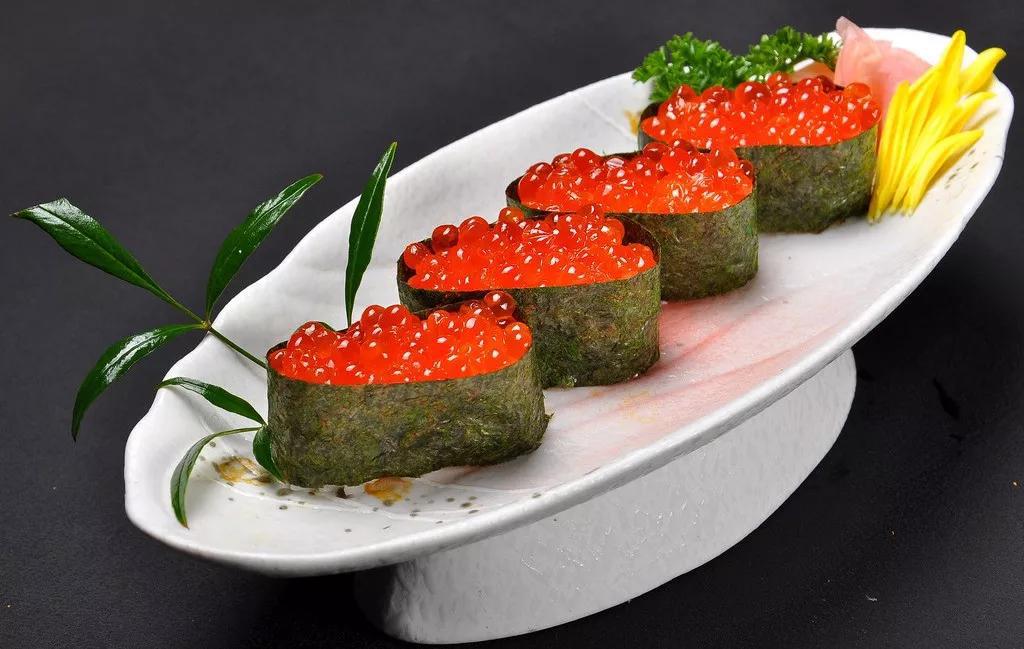
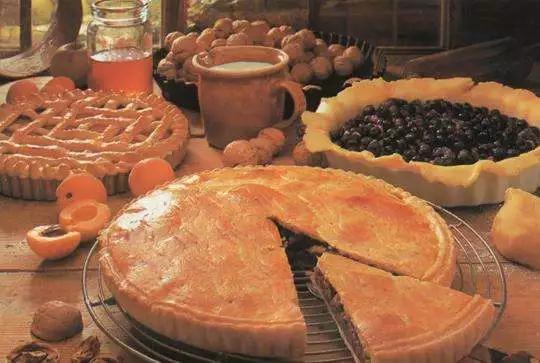
russian pie
Pie has a non-negligible position in Russian cuisine. Every important traditional Russian festival, New Year, baptism, birthday, name day, wedding and funeral, pie is an important dish, which is indispensable. Russian pies not only use a variety of materials, but also have many shapes.

When the children in the family quarrel, the mother will make a big pie for everyone to share, which means “reconciliation as before”.
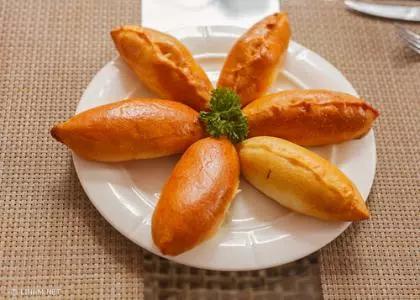
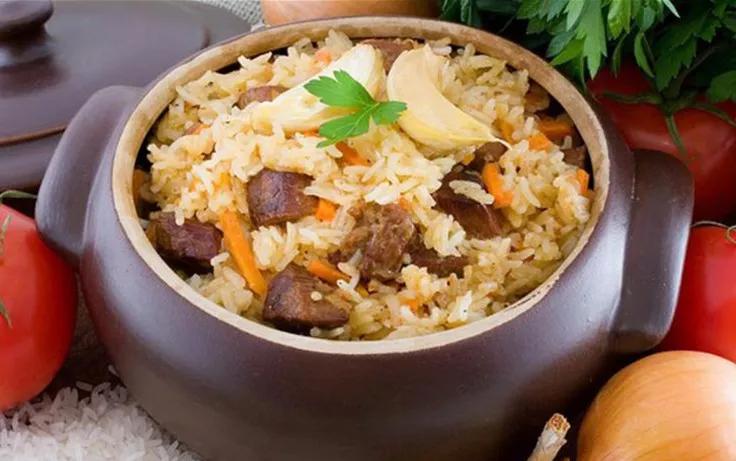
Russian pilaf
Pilaf, available in a variety of flavors, is one of the most important staple foods in Russia. Pilaf is a typical example of Russian cuisine. The main raw materials of pilaf are mutton, rice, carrots and onions. The ingredients are garlic, red berries, turmeric powder or curry powder, paprika or paprika, black pepper, salt, vegetable oil.
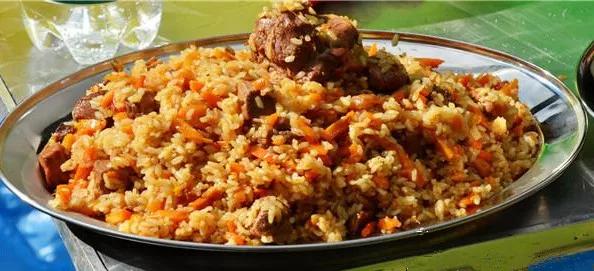
First fry the shredded onion until golden yellow, then fry the meat. After the meat is cooked, add carrots, curry powder and black pepper powder and stew for 5-7 minutes, then put the washed rice into the pot and cook. Add according to personal preference. The finished pilaf is as shown in the picture, it is delicious and delicious.

from a personal point of view
Simple foodie
sad, tired, angry
There’s nothing a good meal can’t fix
if not
Then two meals
excellent foodies
Follow us this June!
Exploring the Silk Road in the Grassland and Re-traveling the Tea Ceremony
The Thirteenth North Asia Rally China-Mongolia-Russia (International) Cross Country Rally
And China-Mongolia-Russia “Ten Thousand Miles Tea Ceremony” Cross-border Self-driving Crossing Activities
Depart in June




